Building Nestboxes for Backyard Birds
excerpted from The Backyard Birdhouse Book,
by Ren and Christyna M. Laubach

CONTENTS
Getting to Know Your Birds
The more you know about the birds you are trying to attract, the better. To get started with your nestbox project, you must first appraise the habitat in your area and find out what birds are present. Learn as much as you can about those that make their home in your area, including nest size, nest construction, incubation period, age at fledging, food choices, competitors, predators, and type of habitat required.
The location you select for your nestbox must match the needs of the bird. All locations should have an abundance of food, protective cover, and water; however, different birds find these requirements in different and varied habitats. Some birds live in fields, others in open woodlands, still others along waterways and forest edges. If your nestbox is to be functional, it and its location must meet the basic needs of the bird you are trying to attract. If you put your nestbox in a field, for example, you might be providing an opportunity for Tree Swallows and bluebirds to nest. If you put it in a wooded area, on the other hand, nuthatches might take up residence. And some species, such as the Tree Swallow, require a clear flight path to and from the nestbox. The location and box design that best match the birds natural nesting choices will be most likely to attract tenants.
Remember also that if the proper food is not available, birds will travel to places where it can be found; consequently, they wont nest in your box.
Designing (Is) for the Birds
At one time or another, weve all seen decorative birdhouses that rival dollhouses in their level of detail. Though they may be nice to look at, these designer birdhouses do little for birds. In fact, the human urge to make birdhouses more aesthetically pleasing is generally misguided and counterproductive. Novelty birdhouses are often undersized; have entrance holes that are too large or too small; are sealed shut, allowing no access to the interior for monitoring or cleaning; lack vent and drain holes; are constructed of wood that is much too thin; or lack other features crucial for success.
A well-designed and -constructed nestbox, on the other hand, is beautiful in a utilitarian sense. Underlying the boxs simple exterior are a host of special design features that have taken many years of trial-and-error experimentation to discover. All cater to the needs of the particular species and include a correctly sized entrance hole, a sufficient interior floor size to accommodate eggs and nestlings, and sufficient depth below the entrance hole to help thwart potential predators. Drainage holes, a drip edge, a roof overhang to shed water, and ventilation holes are among the other, more subtle features that will contribute to a successful nesting season in your box.
Good nestboxes should be of sturdy construction and made from at least -inch-thick (1.9 cm) untreated lumber. The natural cavities that birds use for nest sites have a rough interior surface that provides plenty of footholds for young birds. The nestbox should mirror these cavities. If the box is deep and smooth, a series of horizontal grooves cut into the wood below the entrance can make it easier for the young birds to fledge.
Access to the box should be easy, to facilitate nest inspection and maintenance. The best-designed boxes have a roof that detaches for inspection and a side panel that pivots out for cleaning. Box sides should have ventilation holes or spaces, and floors should have drainage holes. Young birds will suffocate if the box is too hot, and drown or die of hypothermia if they are wet. Native cavity-nesting birds do not need perches to enter nestboxes.
The nestboxes described in this bulletin are relatively easy to build. Most will attract a variety of birds, although some are specific to one species. Whether you are an experienced woodworker or a novice, read the directions for assembling the box you have chosen to build and study the accompanying illustrations. If you follow the step-by-step instructions, you will build a nestbox. Of course there is always room for experimentation, but once you find a design that works for your target species, stick with itand enjoy. Few things are more satisfying than watching a pair of our native songbirds going about the business of rearing the next generation in a nestbox that you built!
The Best (and Worst) Lumber
The best choices in wood, in terms of how sturdy, long lasting, rot resistant, attractive, and easy to work with they are, are cedar, pine, and fir. Most important, when selecting wood for your nestbox, make sure that it is untreated lumber. Treated woods and wood preservatives, though beneficial in maintaining the wood, are almost always harmful to birds.
Bluebird or Swallow Nestbox
No other species (with the possible exception of the Purple Martin) has been studied so extensively with regard to nestbox design as the Eastern Bluebird. Several basic wooden box designs, as well as many variations on the basic plans, have been developed. Indeed, new variations appear in the literature on a regular basis. The design shown here, suitable for both bluebirds and swallows, combines top-opening and side-opening features. An opening top permits less obtrusive monitoring, while the side-opening capability allows for easy cleaning.

Materials

 10 50 (2.2 25.4 127 cm) rough-cut (unplaned) cedar. Or use 1 (2.5 cm) rough-cut pine lumber. Roofs should be cut from cedar rather than other woods to prevent cracking.
10 50 (2.2 25.4 127 cm) rough-cut (unplaned) cedar. Or use 1 (2.5 cm) rough-cut pine lumber. Roofs should be cut from cedar rather than other woods to prevent cracking.
 6 (1.3 15.2 cm) maple dowel (optional)
6 (1.3 15.2 cm) maple dowel (optional)
 Sixteen 6d (2; 5.1 cm) galvanized ring-shank siding nails
Sixteen 6d (2; 5.1 cm) galvanized ring-shank siding nails
 Three 2d (1; 2.5 cm) galvanized finishing nails, or wood screws to attach dowel (optional)
Three 2d (1; 2.5 cm) galvanized finishing nails, or wood screws to attach dowel (optional)
 Two galvanized #6 (3.8 cm) panhead screws and washers
Two galvanized #6 (3.8 cm) panhead screws and washers
 Eyelet screw (optional)
Eyelet screw (optional)
 If using planed lumber, 2 4 (5.1 10.2 cm) piece of (0.6 cm) galvanized wire mesh hardware cloth. Attach inside of the front and turn down sharp edges, to aid fledging. Or rout or score inside the front to provide a grip.
If using planed lumber, 2 4 (5.1 10.2 cm) piece of (0.6 cm) galvanized wire mesh hardware cloth. Attach inside of the front and turn down sharp edges, to aid fledging. Or rout or score inside the front to provide a grip.
 Heavy-duty staples or (1.9 cm) 18-gauge wire brads to attach hardware cloth
Heavy-duty staples or (1.9 cm) 18-gauge wire brads to attach hardware cloth
Tools
 Table saw, saber saw, jigsaw (bevel cuts are required), or carpenters handsaw and miter box
Table saw, saber saw, jigsaw (bevel cuts are required), or carpenters handsaw and miter box
 Power or hand drill
Power or hand drill



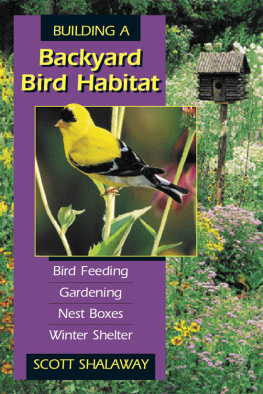
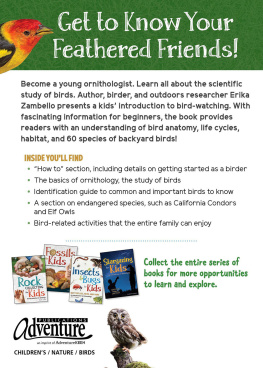
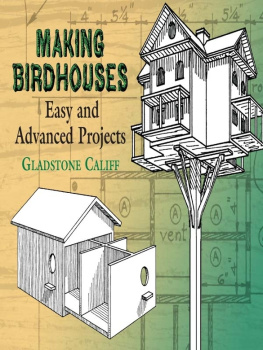
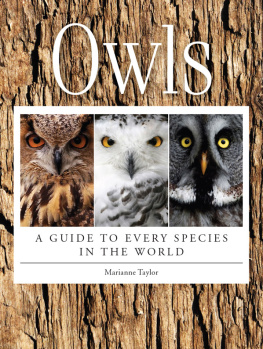
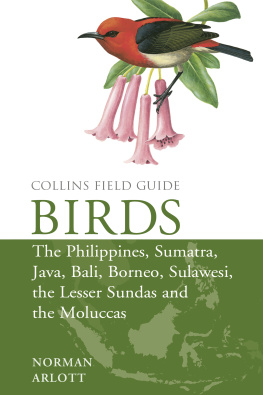
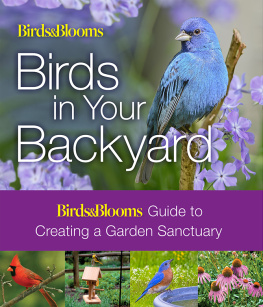



 10 50 (2.2 25.4 127 cm) rough-cut (unplaned) cedar. Or use 1 (2.5 cm) rough-cut pine lumber. Roofs should be cut from cedar rather than other woods to prevent cracking.
10 50 (2.2 25.4 127 cm) rough-cut (unplaned) cedar. Or use 1 (2.5 cm) rough-cut pine lumber. Roofs should be cut from cedar rather than other woods to prevent cracking.